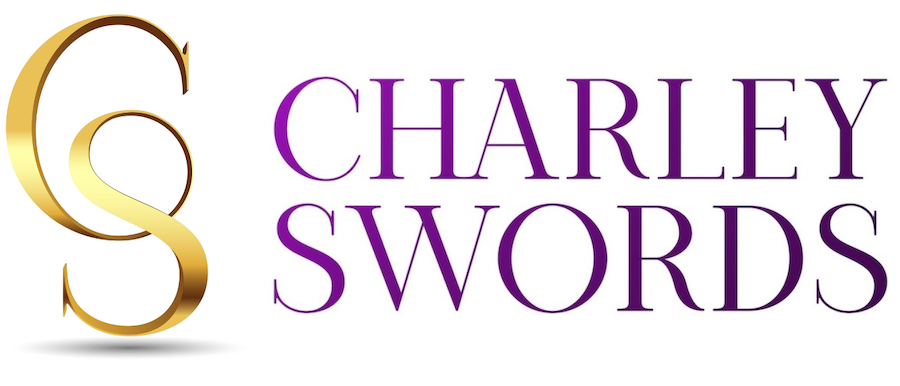So often I hear about the lack of resources to invest in employee development and I always counter this with a question ‘Can you afford not to invest?’
Traditionally training is broken down into two types – ‘Hard Skills’ and ‘Soft Skills’.
‘Hard Skills’ are specific, tangible and often technical teachable abilities. They can be defined and measured and they make up a person’s technical skill set and ensure their ability to perform certain functional tasks.
‘Soft Skills’ are less tangible, more difficult to quantify and very much relate to the personal attributes that describe an individual’s ability to interact with others. They too can be defined and measured even though they are quite often embedded in and linked to the emotions and behaviours of your people. Personally, I believe there is nothing ‘soft’ about these skills and I believe they are in essence, ‘Essential Skills’.
One of the key challenges around investing in training and development in organisations is how to connect this investment to the bottom line. Do you have difficulty doing this, and is this often why you might also say you don’t have the resources?
There are a few simple, but very important steps to take to help you with this. You need to know WHY you / your staff want or need this training. Understanding your staff training needs is the crucial first step and can be triggered by many factors. If you cannot identify the reason for the training, you will not be able to measure the impact.
HOW do you know you / your staff need to attend a training programme, work with a mentor, do specific new on-the-job training or engage with a coach? In a lot of my work and my training programmes, people tell me that either they or their managers have great trouble communicating with their staff. Too often, poor communication is only considered in the context of the individuals concerned, but as a manager you need to understand what the impact of this could be on your organisation. Think of it in terms of poor productivity, missed deadlines, output quality, customer satisfaction, staff turnover etc. and then you will understand why effective communications is an absolutely essential skill and not a ‘soft’ one!
When you understand the business reasons behind your staff training and development, you will have the basis on which to measure the effectiveness or impact of the training and support provided. Set metrics by which improvements in the negatively impacted area can be measured as a result of the training and development. These need to be specific, quantifiable and measurable:
- Poor productivity – what is the unit production time per product / item / process?
- Missed deadlines – what are the standard delivery times?
- Output quality – are the goods produced defect free – and services provided error free?
- Customer satisfaction – do you know who your customers are; what their needs are; how well they are being served; do they provide feedback or do they ‘talk with their feet’ and simply never buy from you again?
- Staff turnover – replacing lost employees is expensive and will have a negative impact on productivity so aim to keep your staff turnover rates at a minimum.
When you have invested in the training and development of your people, you will then need to compare how their new level of skills, performance and behaviour is with the ideal requirement you want to achieve. You can do by asking the following:
- How well did the training / development narrow the gap between what is and what must ideally be?
- How well did the training / development clarify and support the performance improvement objectives?
- What improvements resulted from the training / development being applied by the staff?
Measuring the impact of training and development on your bottom line is a simple process of understanding:
- WHY you / your staff need the training and development?
- HOW and WHERE you can identify the impact of low skills levels on your organisation?
- WHAT metrics need to be in place to measure the return on your training and development investment?
- WHO will conduct the post-training / development evaluation and when?
It’s worth remembering, when your people believe they have all the ‘know-how’ and are ‘experts’ in their field, this is most likely the best time to invest or re-invest in their development!
If you work in a broad sector or industry which is constantly changing and developing and if you are sharing the same market space with your competition, the essential skills are the ones which will determine your differentiation and drive your competitive advantage!
As Howard Schultz, Chairman and CEO of Starbucks once said:
“Starbucks is not an advertiser; people think we are a great marketing company, but in fact we spend very little money on marketing and more money on training our people than advertising.”

Did you find this article helpful?
Let me know what you think about this post in the comments box below.

